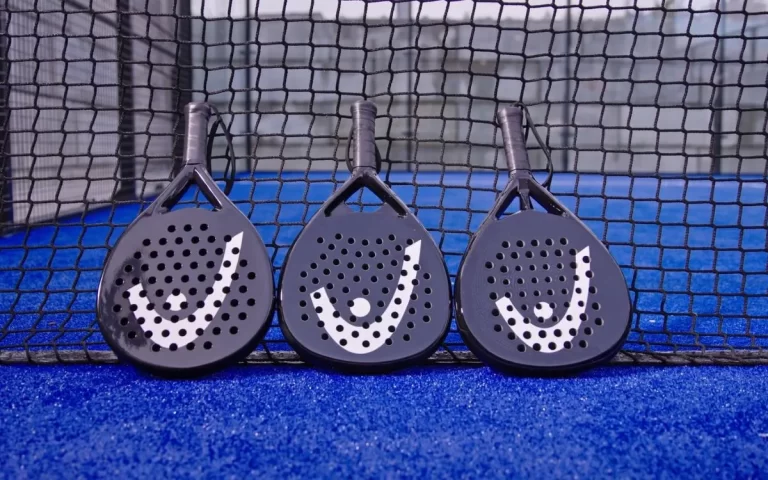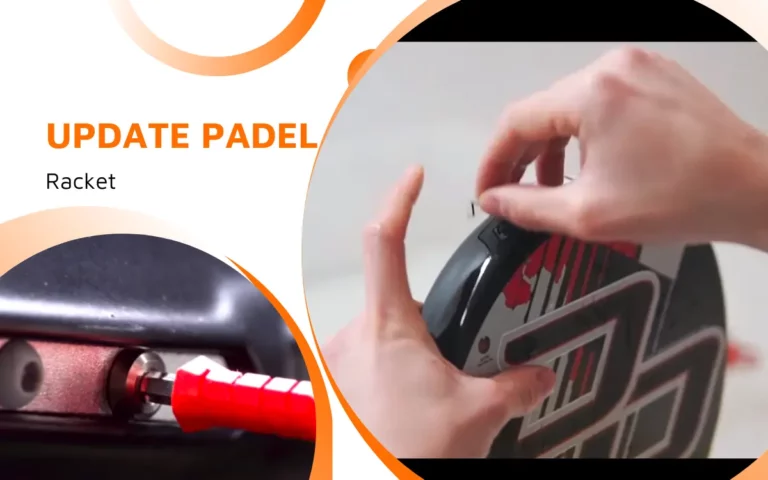What Is Padel Tennis?
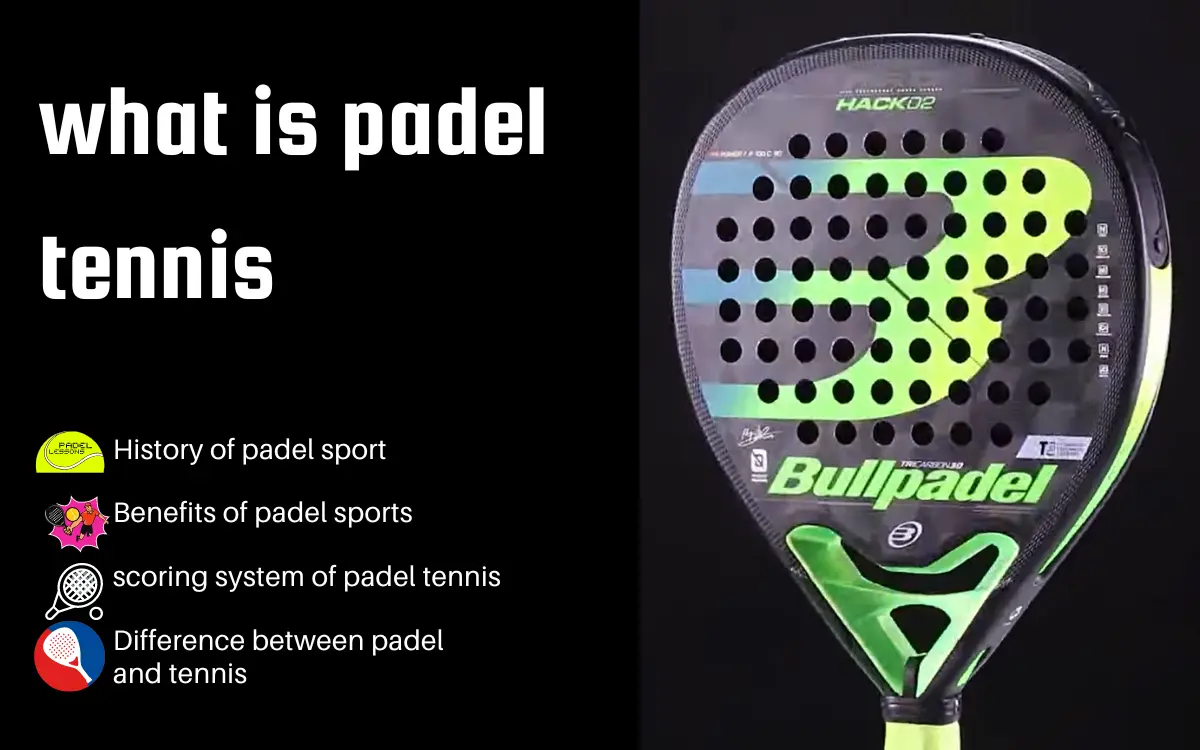
Are you bored with your current sports and seeking for something new and exciting? Have you ever heard of padel tennis, a fast-paced and action-packed sport? If not, you’re in for a surprise! This hybrid sport blends classic tennis aspects with unique court design and rules, creating a thrilling and demanding experience for players of all abilities. So lets try something new and explore the exciting world of padel tennis today.
This article will tell you all you need to know about padel tennis, including its intriguing history, the reasons for its rising popularity, and the numerous benefits that come with participating in the sport.
You’ll also learn about the game’s laws and regulations, as well as the distinctions between padel tennis and traditional tennis. So, why delay? Prepare to be immersed in the fast-paced, action-packed world of padel tennis!
Padel tennis, a rapidly growing sport, combines aspects of tennis and squash and requires players to combine physical ability with strategic thought. For good cause, the sport’s popularity has risen. Padel is played on a small court surrounded by walls, which adds to the excitement and forces players to incorporate the barriers into their games.

It’s no surprise that padel tennis is fast becoming a popular activity for those looking for a fascinating and dynamic sport, with its blend of physical and mental demands.
Padel promises to keep you on your toes and deliver unlimited hours of adrenaline-fueled excitement, whether you’re wanting to hone your serve or create a winning court strategy.
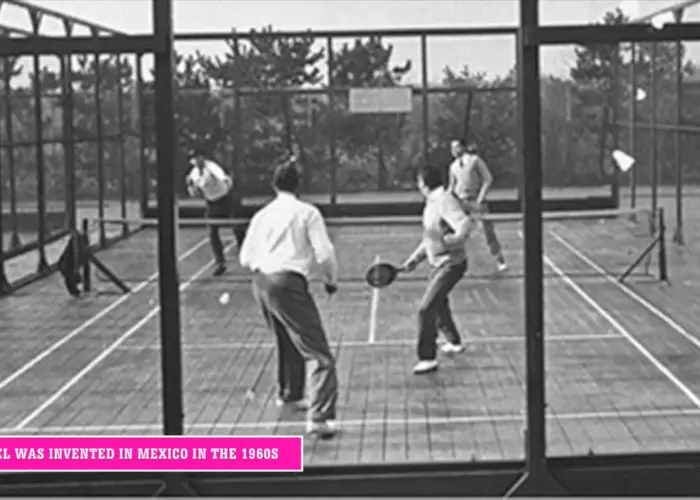
Travel back in time to know about the brilliant mind behind the sport of padel tennis. It all started in Mexico in the 1960s, when Enrique Corcuera envisioned a sport that would allow his pals to play tennis even in inclement weather. He combined aspects of tennis and squash, placed them on a small court enclosed by walls, and so a new sport was formed.
As the sport developed throughout Latin America, it drew the interest of Europe, notably Spain, in the 1990s. Padel tennis has become one of the most popular sports in the country due to its dynamic gameplay, easy accessibility, and ability to keep both casual and professional players on their toes.
Today, the sport has crossed boundaries and continents, earning a name for itself in over 57 nations throughout the world, from Europe to Latin America and Asia. Every day, more people discover the pleasure and excitement of padel tennis, boosting its popularity to new heights.
Padel tennis, which combines features of tennis and squash, has grown at an unparalleled rate in recent years. Its humble beginnings in Mexico in the 1960s have since spread to over 57 nations, and its appeal shows no signs of abating. What makes this sport so popular? Let’s go deeper.

With its fast-paced gameplay and strategy-driven action, padel tennis has quickly become a favourite among players all over the world. Its accessibility and ease of play have further contributed to its attractiveness, making it an ideal fit for both recreational and professional players. And, with the sport’s growing fan base, it’s not surprising that new padel tennis courts and facilities are springing up everywhere.
Furthermore, sponsors and investors have taken note of the expansion of padel tennis. As more people become interested in the sport, sponsorship and financial opportunities have expanded, providing the essential backing for its continuing growth. Whether you’re a player, a sponsor, or an investor, padel tennis has limitless potential for future growth and success.

Padel tennis is a fascinating and multi-faceted activity that is more than simply a fast-paced and pleasant sport. It not only stimulates the adrenaline, but it also promotes physical and mental well-being. The sport provides a one-of-a-kind chance for both fitness aficionados and leisure gamers to appreciate its numerous benefits.
Padel tennis’ aerobic nature makes it a heart-pumping workout that is helpful to cardiovascular health and lung capacity. This fast-paced activity increases agility, coordination, and athletic talents. It’s also a stress reliever, giving you a much-needed release to de-stress and relax after a long day.
Padel tennis’ social side, which allows players to meet and develop new relationships, further confirms its position as a well-rounded sport with various advantages. Padel tennis offers several chances to enrich your life, whether you want to better your physical or emotional health.
Padel tennis is known for its one-of-a-kind scoring system, as well as its fast-paced and exciting gameplay. The goal of the game is to score more points than your opponent by hitting the ball over the net and into their court. Points are awarded when the ball goes out of bounds on the opponent’s court or when the opponent fails to efficiently return the ball.

In padel tennis, the first player or team to score 4 points with a minimum two-point advantage is declared the winner. Padel tennis uses a scoring system identical to traditional tennis, with “love” equaling 0 points, “15” equaling 1 point, “30” equaling 2 points, and “40” equaling 3 points. In the case of a 40-40 tie, the score is referred to as “deuce,” and the following point determines the game’s winner.
The utilisation of walls is one of the fundamental differences between padel tennis and regular tennis. Padel tennis allows players to hit the ball off of the walls, which adds an added element of strategy and excitement to the game. Furthermore, padel tennis games are often played in a best-of-three style, with the first player or team to reach 6 games, with a minimum two-game advantage, winning the set.
Padel tennis is a unique and entertaining sport to play because of its regulations. Here are some of the most important padel tennis regulations, broken down into points:
1. Use of walls
Players may hit the ball off of the walls, which adds another degree of strategy to the game. The ball, however, must not collide with the ceiling or any other impediment before being returned.
2. Service
The ball must be served diagonally to the opponent’s court and must land within the service area. If the server fails to make a valid serve, the opponent scores a point.
3. Scoring
Padel tennis employs a scoring system similar to traditional tennis, with games won by the first player or team to achieve 4 points, with a minimum two-point advantage. “Love,” “15,” “30,” and “40” points are awarded.
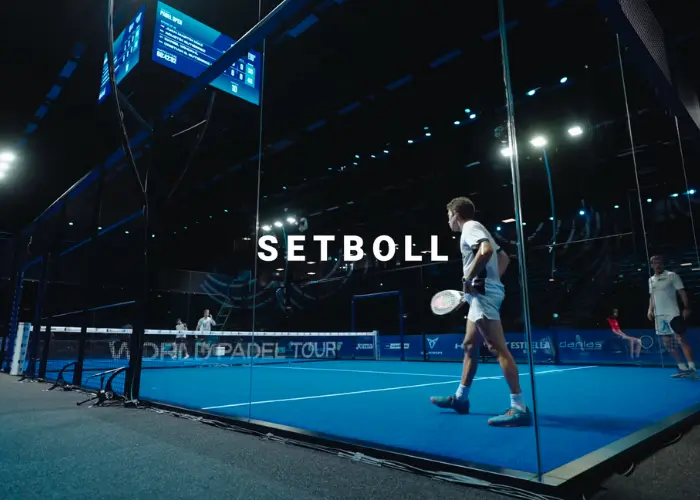
4. Court size
Padel tennis courts are 20 metres long and 10 metres broad, making them smaller than standard tennis courts.
5. Timeouts
Each player has one timeout every set, which can last up to one minute.
6. Substitutions
Players may substitute one player every set, provided the substitution has not already participated in the match.
7. Dress code
Players must wear appropriate sporting clothing, including non-marking shoes. Check the best padel shoes
The intricacies of padel tennis and regular tennis distinguish them, with each sport holding its own particular characteristics. Padel tennis courts, with its length of 20 metres and width of 10 metres, provide a more intimate and stimulating playing experience than regular tennis courts.
Furthermore, players in padel tennis have the extra benefit of leveraging the walls, bringing a distinct and surprising layer of strategy to the game, which differs from the typical tennis playing style.

The scoring method in padel tennis is similar to that of traditional tennis, but with the addition of a tiebreaker if a set ends in a 3-game tie. Padel tennis racquets are lighter and smaller than regular tennis racquets, and padel tennis balls are meant to be softer and lower bouncing, adding to the sport’s more aggressive and fast-paced nature as compared to traditional tennis.
To summarise, padel tennis is a fascinating and fast-paced sport that has grown in popularity across the world. The small court size, use of barriers, and integration of a tiebreaker system all contribute to a lively and fast-paced game. Padel tennis has several physical and mental health advantages, ranging from improved coordination to stress reduction.
As padel tennis grows in popularity, we should expect to see even more possibilities for players of all skill levels to join in this entertaining sport. Padel tennis is a terrific way to remain healthy and have fun, whether you’re a seasoned player or just starting started.
So, don’t wait any longer! Grab a best padel racket and join the thriving padel tennis community to explore the possible benefits of this thrilling sport.

